TIAGABINE - ORAL
PHONETIC PRONUNCIATION: (tye-AG-a-been)
COMMON BRAND NAME(S): Gabitril
GENERIC NAME(S): tiagabine HCl
Uses
USES: Tiagabine is used with other medications to treat certain types of seizures (focal seizures). It works by reducing the spread of seizure activity in the brain. This medication is known as an anticonvulsant or anti-epileptic drug. When tiagabine has been used for conditions other than epilepsy, serious reactions (including seizures in people who have never had them) have occurred. Talk to your doctor for more details.
How to use TIAGABINE - ORAL
HOW TO USE: Read the Medication Guide provided by your pharmacist before you start taking tiagabine and each time you get a refill. If you have any questions, ask your doctor or pharmacist. Take this medication by mouth with food as directed by your doctor. To reduce your risk of side effects, your doctor may direct you to start this medication at a low dose and gradually increase your dose. During the first week of treatment, this medication is usually taken once a day. On the following weeks, your doctor may increase your dose to 2 to 4 times daily. Follow your doctor's instructions carefully. Tiagabine is not usually used by itself. Do not stop your other anti-seizure medication unless your doctor tells you to do so. The dosage is based on your medical condition, response to treatment, and other medications you may be taking. Be sure to tell your doctor and pharmacist about all the products you use (including prescription drugs, nonprescription drugs, and herbal products). Take this medication regularly to get the most benefit from it. To help you remember, take it at the same times each day. Do not stop taking this medication without consulting your doctor. Some conditions (such as seizures) may become worse when this drug is suddenly stopped. Your dose may need to be gradually decreased. If you stop taking this medication for several days, talk with your doctor about how to restart it. You may need to restart with a low dose and slowly increase your dose again. Tell your doctor if your seizures get worse.
Side Effects
Precautions
Interactions
Overdose
Images
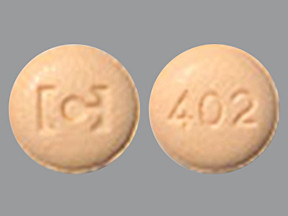
- color
- orange-peach
- shape
- round
- imprint
- logo, 402
Reviews
Faq for TIAGABINE - ORAL
Tiagabine is an oral medication that belongs to a class of drugs called anticonvulsants. It is used to control seizures in patients with epilepsy.
Tiagabine works by increasing the levels of a chemical messenger called gamma-aminobutyric acid (GABA) in the brain. GABA helps to reduce the excessive electrical activity that causes seizures.
Tiagabine is primarily used to treat epilepsy, specifically partial seizures. It is often prescribed in combination with other antiepileptic drugs when the seizure control is inadequate.
Tiagabine is taken orally, usually twice daily with or without food. The dosage will depend on individual needs and should be followed strictly as prescribed by the healthcare provider.
Common side effects of tiagabine may include dizziness, drowsiness, nervousness, tremor, difficulty concentrating, and stomach upset. If these side effects become severe or bothersome, it is important to inform the prescribing doctor.
Serious side effects of tiagabine are rare but may include suicidal thoughts, depression, anxiety, aggression, notable changes in mood or behavior, or allergic reactions. These should be reported to a healthcare professional immediately.
Tiagabine can interact with other medications, including antidepressants, antihistamines, sedatives, opioids, and certain antibiotics. It is important to inform the doctor about all the medications being taken to avoid potential drug interactions.
Tiagabine may have harmful effects on the developing fetus or nursing infant. It is important to discuss the risks and benefits with a healthcare professional, who may adjust the treatment plan accordingly.
The time it takes for tiagabine to start working may vary among individuals. It typically takes a few days to weeks to see the full effects of the medication.
Disclaimer
IMPORTANT: HOW TO USE THIS INFORMATION: This is a summary and does NOT have all possible information about this product. This information does not assure that this product is safe, effective, or appropriate for you. This information is not individual medical advice and does not substitute for the advice of your health care professional. Always ask your health care professional for complete information about this product and your specific health needs.
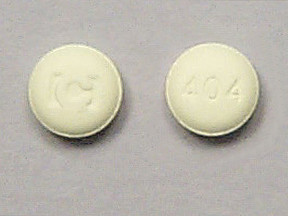

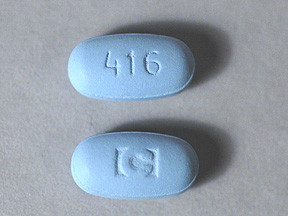
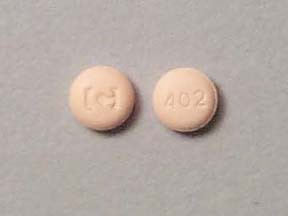

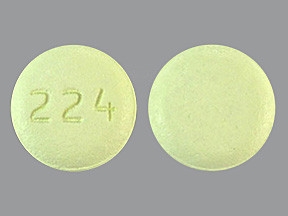
No Reviews Yet